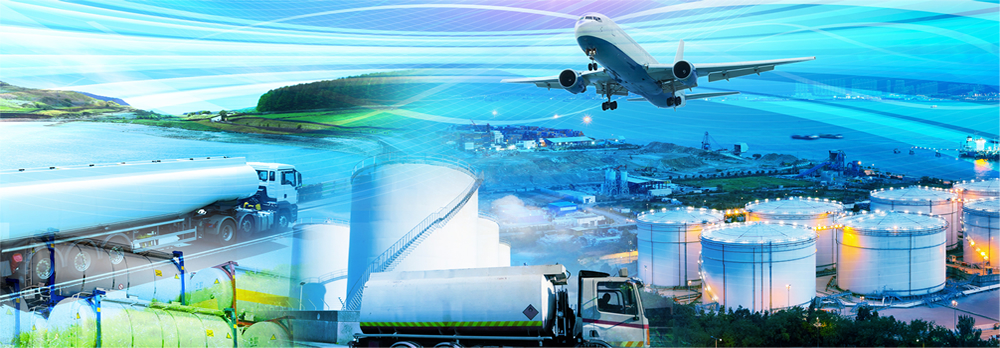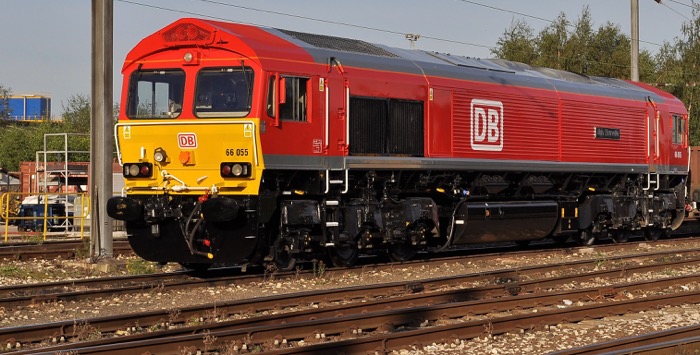
DB Cargo: Hazardous materials belong on the railways
DB Cargo BTT held its Rail Safety Days event in September in cooperation with the Danish Taulov Tank Terminal and DB Cargo Scandinavia. Experts from the chemical industry, employees of fire brigades and authorities as well as customers and employees of DB Cargo had an opportunity to learn first-hand about the transshipment of hazardous materials and about the safety-related technology used at the terminal.
“Very few Danish consignees and consignors of chemicals have railway sidings”, said Erik Koning of DB Cargo BTT, who moderated the event. Due to the Danish interpretation of the EU Seveso Directive, which governs the control of major accident hazards involving dangerous substances, a permit is required in Denmark to transship most hazardous materials from rail to road. The chemical hub in Taulov was developed as a solution. The DB Cargo terminal there handles the transshipment of tank containers. In October 2017, the Taulov Tank Terminal began operating on the grounds of the pre-existing terminal. The new terminal was built to handle the transshipment of chemicals transported in tank wagons.

“By using rail to transport shipments for the longest part of the journey and road for the relatively short pre- and onward carriage segments, the risk of an accident occurring during chemical transport is significantly reduced”, said Koning. However, Danish customers have not yet tapped the full potential of the railways for transporting hazardous materials.
“Even extremely hazardous materials such as ammonia and highly flammable chemicals are driven by lorry all the way through Europe to customers in Denmark,” said Koning. According to Koning, rail is the safest means of ground transport available. When risk is calculated as the number of accidents involving hazardous materials per tonne of freight transported, transport by rail is a staggering 42 times safer than by lorry.
The Taulov Tank Terminal now offers a means to transship hazardous materials from road to rail transport and back again. It boasts two tracks, each 80m in length and equipped with four unloading and two loading stations. Ten silos are planned for construction, each of which will stand 35m tall and have a capacity of 40,000 tonnes. DB Cargo will soon be the first transport company to apply for a Danish permit to store hazardous materials in Denmark.
On a tour of the terminal, the guests had an opportunity to inspect the technology used in the facility’s safety systems for themselves. The filling stations were all installed underground and each one has its own liquid management system. Alarm and sprinkler systems are in place at each station, as is an eye wash station and equipment with specialised safety couplings for use during transshipment. The maintenance shafts were constructed to be able to accommodate excess water from the sprinkler system. An emergency generator ensures that operations can continue without interruption even in the unlikely event of a blackout.
“Safety is the utmost priority for DB Cargo – at the company itself as well as for customers, residents living near railways and the environment as a whole,” DB Cargo said in a statement. “This is why DB Cargo believes it has a special responsibility to move hazardous materials shipments from the roads to the railways.”
For more information visit: www.dbcargo.com
8th October 2018















